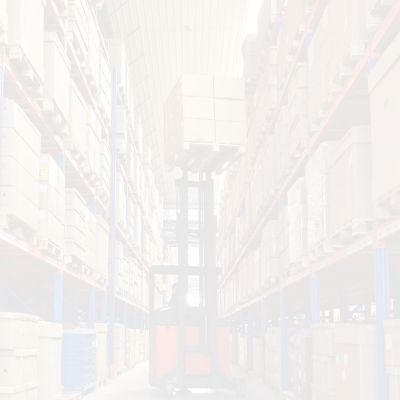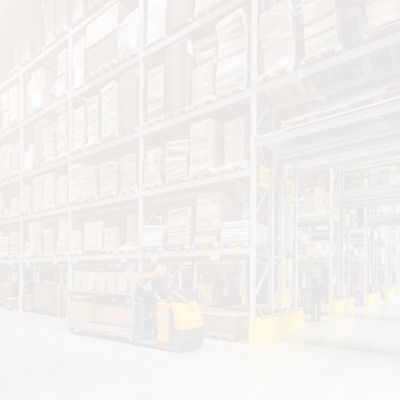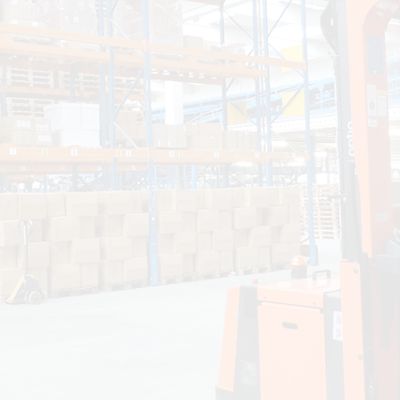WAREHOUSING AND 3PL

Ash Logistics offers to its client's 3PL / 4PL services to manage their various functions in supply chain so that the principal can focus on core competencies and better manage and utilize company assets and resources and optimize inventory and personnel.
- Integrate and Manage Logistics Functions
- Inbound and Outbound Logistics
- In-plant Logistics
- Vendor Coordination
- Reverse Logistics
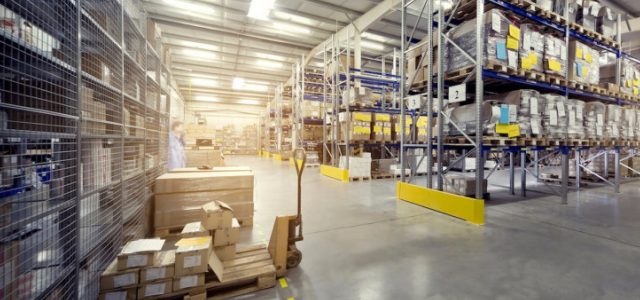
PRINCIPLES AND ADVANTAGES OF
LOGISTICS OUTSOURCING
In the face of increasingly intensified competition in the emerging global economy, manufacturing and retail firms are progressively turning to outsourcing of their logistics functions.
Outsourcing is a viable business strategy because turning non-core functions over to external suppliers enables companies to leverage their resources, spread risks and concentrate on issues critical to survival and future growth. One way of extending the logistics organization beyond the boundaries of the company is through the use of a third party supplier, or contract logistics services.
Most firms direction considerable attention to working more closely with their channel partners, including customers and suppliers, and with various types of logistics suppliers. This has resulted in the development of meaningful relationships among the companies involved in the overall supply chain activity.
THIRD PARTY LOGISTICS (3PL)
A third-party logistics (3PL) firm is an external supplier that performs
all or part of the company's logistics functions.
The definition encompasses providers of services such as transportation, warehousing, distribution and so on.
The use of third party logistics providers has grown
dramatically over the last several years and has increasingly become
an effective way to reduce costs and spread risks for traditional, vertically integrated firms.
The economic advantages of using 3PL suppliers are:
- Elimination of infrastructure investments
- Access to world-class processes, products, services or technologies
- Improved ability to react quickly to changes in business environments
- Risk sharing
- Better cash-flow
- Reduction of operating costs
- Exchange of fixed costs with variable costs
- Access to resources not available in one's own organization
As customers grow accustomed to using the services of a 3-PL provider for certain activities such as transportation and warehousing, they become better candidates for a broader range of service offerings, or value-added services. Examples of value-added services provided by 3PL providers are :
- Develop the best practices & procedures in Logistics industry
- Outsourcing of service providers for logistic operation
- Incorporate innovative methods & applications through latest technology
- Supply chain planning to supply chain execution
- Complete full proof, easy to use tracking solutions
- IT & Logistics technologies for SCM
- Pick and pack
- Marking, tagging, and labelling
- Product returns and reverse distribution
- Packaging and repackaging
- Salvage and scrap disposal
- Telemarketing
3PL is an extension of trucking, warehousing, and distribution. It is the provision of these products under one roof, with the aim of taking over some of the associated functions such as stock keeping and documentation. 3PL services also include basic functions comprising physical activities such as transportation, warehousing, line haul and the rental of material handling equipment. However, the task of providing a full outsource solution comprising different services from one service provider is difficult. It is, therefore, not surprising that opportunities are created for 4PL service providers to assist companies in coordinating all the different 3PL activities, which are provided by different service providers.
4PL SERVICE PROVIDERS
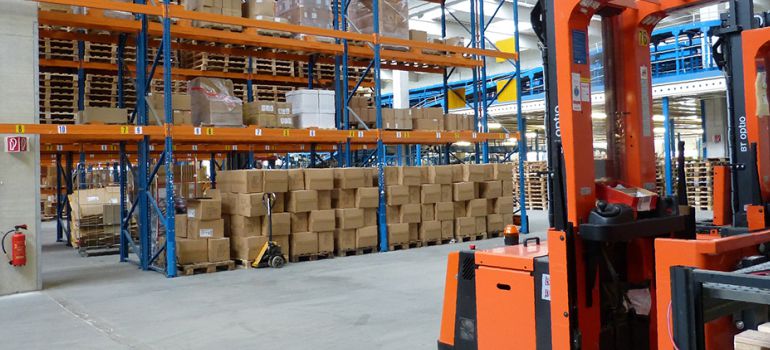
4PLs represent the next stage of development in logistics service providers. Consequently, while the traditional activities of warehousing, inventory management and transportation may be given out to one 3PL, other processes like HRD, security and product development are done by other 3PLs. In effect, the activities done by a set of internal departments are now being carried out by a set of 3PLs. As a result the companies now have to deal with a whole set of 3PLs and each needs to be coordinated with and linked via personnel and IT. The number of transactions and the costs reduced are thus offset to a great extent by the cost and time of transacting with all these 3PLs.
Today more and more business processes are being outsourced. In the West, processes like bill payment, credit tracking, invoice generation, HRD, transport and warehousing are all being outsourced. Outsourcing of these activities may indeed add considerable value to the product, but on the flip side, even in a developed economy like the US, there are no 3PLs that offer every process with equal competence or reach.
The 4PL is an integrator that assembles the capital, technology and resources of its own organization and other organizations to design, build and run supply chains. The typical 4PL would eliminate complexity, share benefits of scale and capital and can drive innovation due to its overall view. In other words, a 4PL manages other 3PLs.
The primary role of the 4PL is the management of complexity and time. Two key distinctions make the concept of 4PL unique and set it apart from other supply chain outsourcing options available in the market today:
- A 4PL delivers a comprehensive supply chain solution.
- A 4PL delivers value through the ability to have an impact on the entire supply chain.

